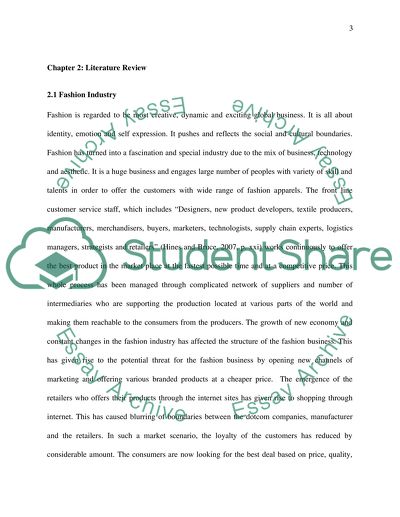Cite this document
(“Chapter two: Literature review Example | Topics and Well Written Essays - 1500 words”, n.d.)
Retrieved from https://studentshare.org/marketing/1622505-chapter-two-literature-review
Retrieved from https://studentshare.org/marketing/1622505-chapter-two-literature-review
(Chapter Two: Literature Review Example | Topics and Well Written Essays - 1500 Words)
https://studentshare.org/marketing/1622505-chapter-two-literature-review.
https://studentshare.org/marketing/1622505-chapter-two-literature-review.
“Chapter Two: Literature Review Example | Topics and Well Written Essays - 1500 Words”, n.d. https://studentshare.org/marketing/1622505-chapter-two-literature-review.


